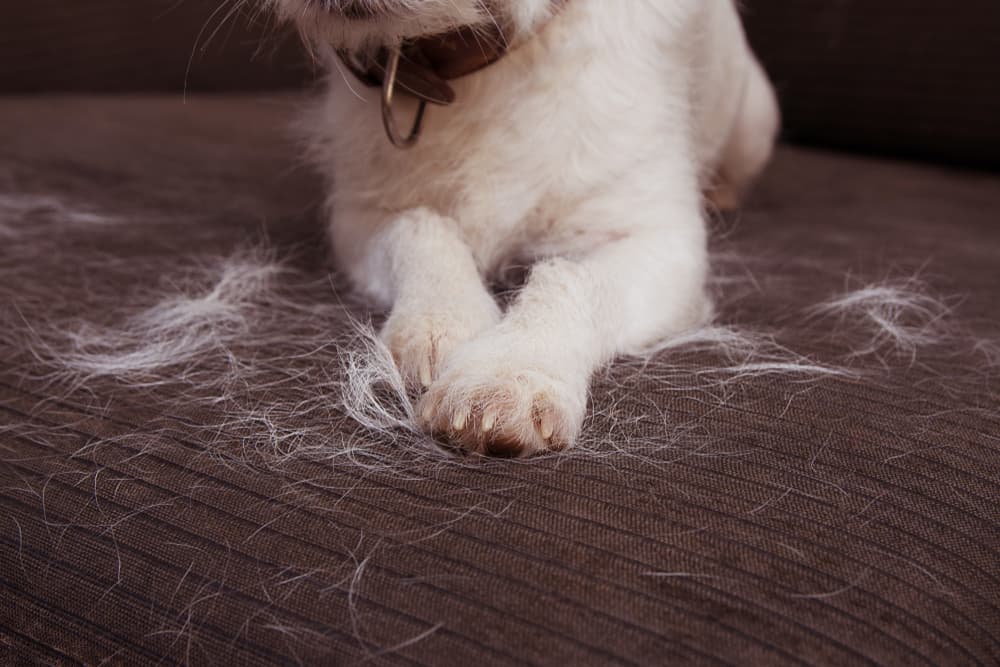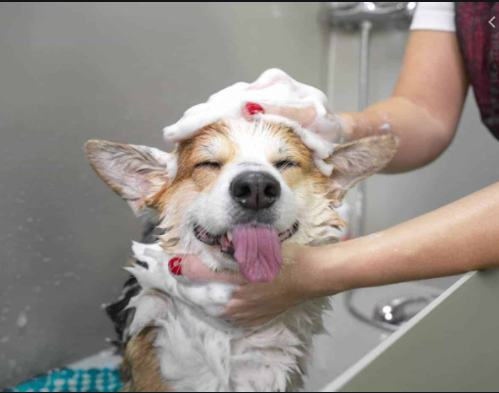Is Your Pet Shedding? Here’s How to Help Prevent the Situation and How to Best Clear Up
We all want the very best for our furry friends, and if they’re shedding significantly, then this could be a cause for concern. Not to mention the fact that you’ll no doubt be spending ages clearing all of this lost hair from your carpets, sofas, clothes, and pretty much every surface of your home.
There are many reasons why dogs and cats shed – including cases where this increased loss of fur comes on suddenly. Keep reading to find out the main causes of shedding and for tips on how to clean up in its wake.
Breed and Genetics
It’s important to note, first off, that some breeds of dogs and cats are simply genetically more prone to shedding than others. Long-haired breeds of both will naturally leave more hair around the house, while double-coated canine breeds – including Pomeranians, Labradors, and Huskies – are especially prone to depositing masses of hair all over the place. These breeds not only shed more but will require more grooming than others to keep all that fur in tip-top condition.
Stress and Anxiety
Both dogs and cats are susceptible to shedding if they become anxious or stressed: sudden increased loss of fur could be a warning sign that your friend isn’t as happy as they could be or that something is upsetting them.
The nervous system emitting spikes of adrenaline that occur when our pets are stressed is responsible for this excess shedding. You may notice, after a particularly anxiety-inducing situation – such as a trip to the vet or a new visitor to the house in the case of very nervous animals – a short-term increase in fur loss. If the problem persists, however, it’s important to assess what could be happening to cause your friend to feel anxious, and a chat with the vet is also a good idea.
Allergies and Intolerances
Just like humans, pets can also suffer from allergies and intolerances. It’s relatively common for dogs to have a wheat intolerance, an ingredient that is present in many types of dog food. As well as causing digestive issues, this sort of intolerance can also result in skin rashes and shedding, so it is definitely worth considering if your furry companion is losing more hair than is normal.
Fortunately, there are now many ranges of pet food available that are wheat-free, so you can be sure that you’re not giving your pooch a meal that could be upsetting their constitution. For added convenience, you may want to consider buying this type of intolerance and allergy-friendly food from one of the pet food delivery services out there, which can ship in bulk to your door, meaning you can make the most of multi-buy discounts without worrying how you’ll get it all home from the store!
Seasonal Fur Loss
Seasonal breed-related shedding is very normal and is a way for your pet to keep cooler in the warmer months. Many dog breeds will shed their undercoats in the spring to rid themselves of their denser winter coats, ready to cope with the heat. Once the cooler weather rolls around again, you’ll notice their fur become thicker again, and shedding will decrease drastically.
It’s worth checking with your vet to make sure all is well, but if your pet is shedding seasonally, then there is likely to be nothing to worry about.
Health Issues
Significant loss of fur, especially if it is unusual for your pet or has come on suddenly, should always be checked out by your vet as, in some cases, it can indicate an underlying health issue. Fleas, ringworm, lice, and mites can all bring on shedding, while dermatitis and fungal diseases can also be a cause. Shedding can also be a symptom of more serious conditions, such as cancer or an immune disease; although rare, it’s important to take your pet for a trip to the vet’s office to rule these things out.
How to Clear Up
So, now we’ve had a look at the most common causes of shedding; how best to clean up in the wake of your pet? Firstly, go to the source! Grooming your dog or cat with a special brush or comb a couple of times a week will get that excess hair before it lands on your carpet or couch!
While regular vacuuming is your best bet to stay on top of the build-up, if you need a quick fix or spot-clean, then simply put on a pair of rubber gloves, slightly dampen them, and then run your hand over the surface of whatever is hairy: the fur will stick to the rubber and then you can just rinse it off.
For dusting, choose a polish that’s formulated to be anti-static: this will result in better hair removal from your wooden furniture. For hardwood floors, an electrostatic mop is your best friend to quickly and easily clean up shed fur.
And a final hack: if you’ve got friends arriving any minute and see a fur attack that you’d previously missed, use a velcro hair roller for a super quick clean-up!








